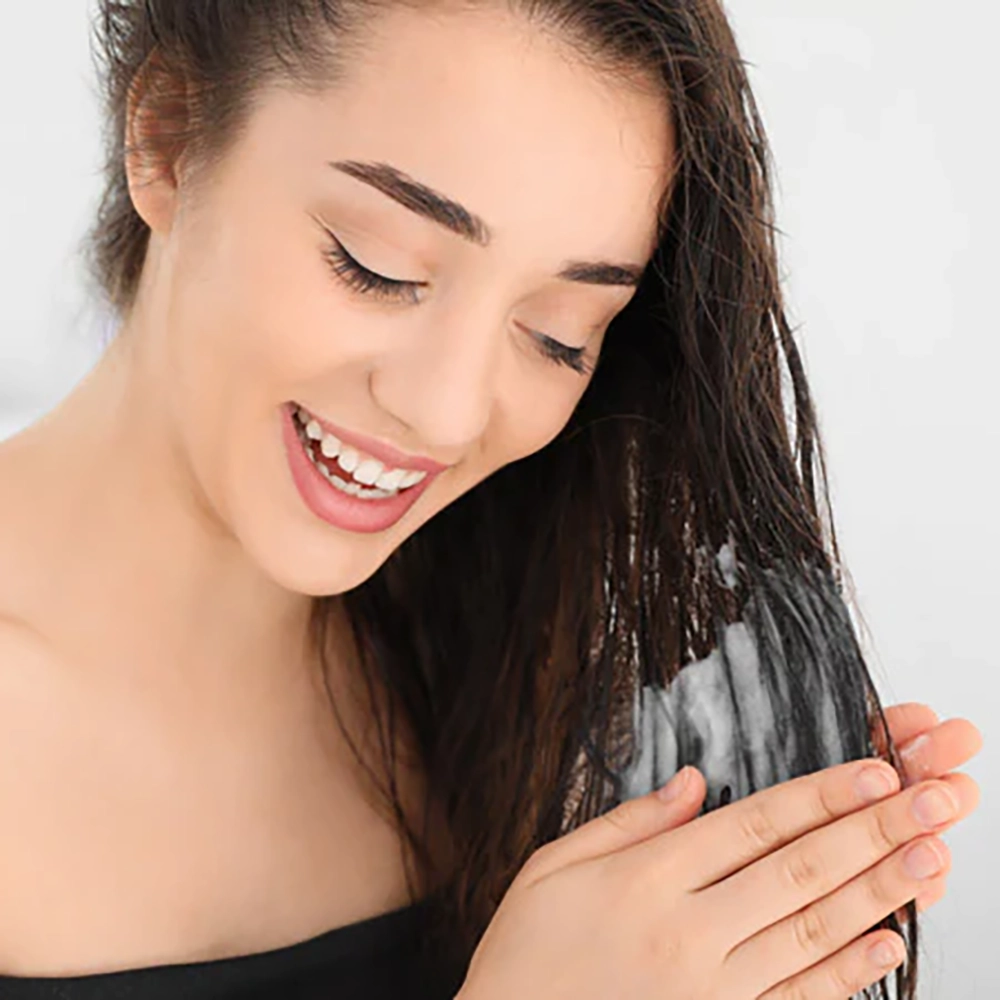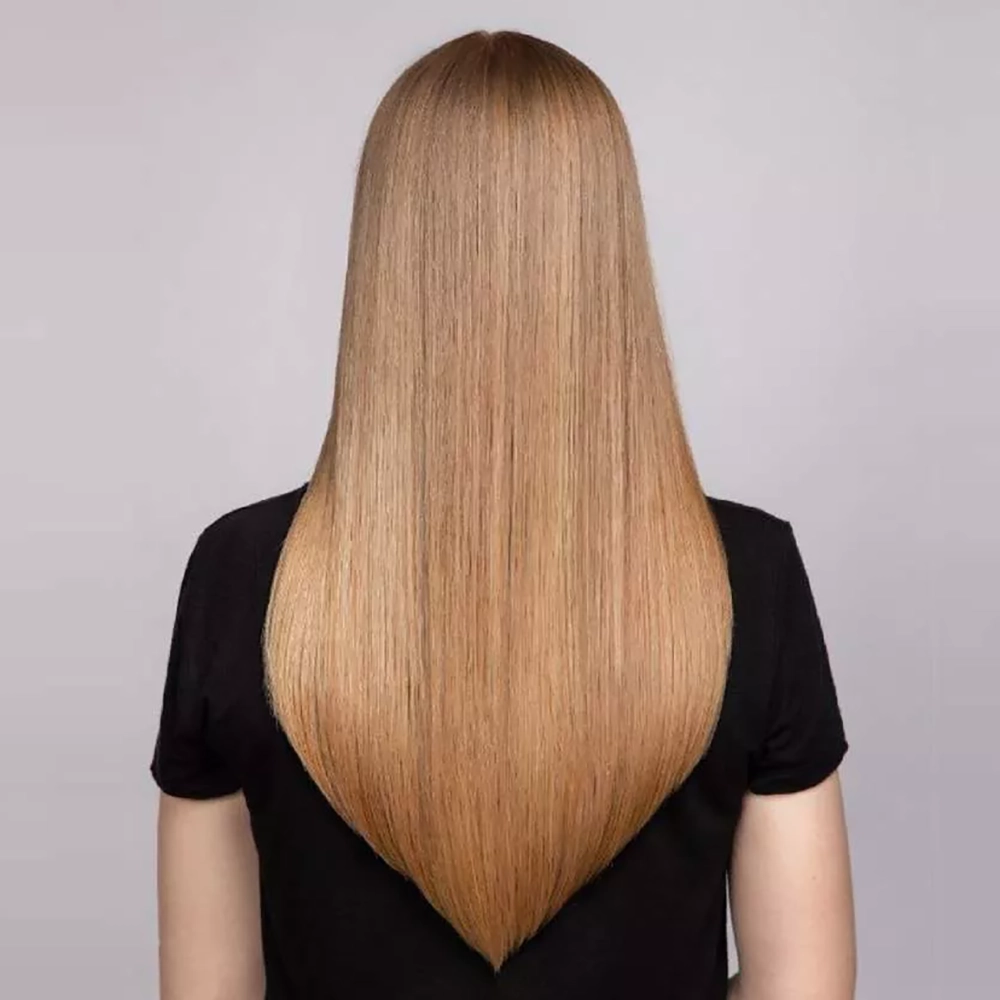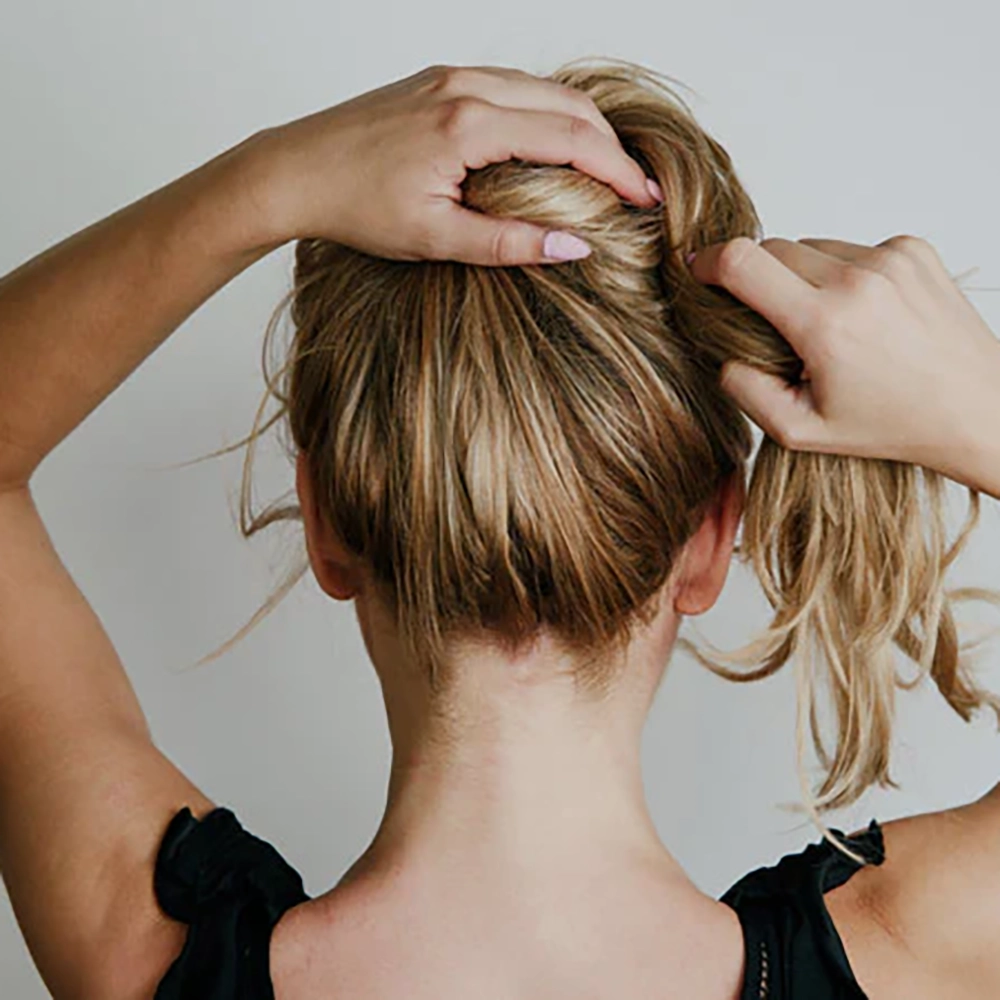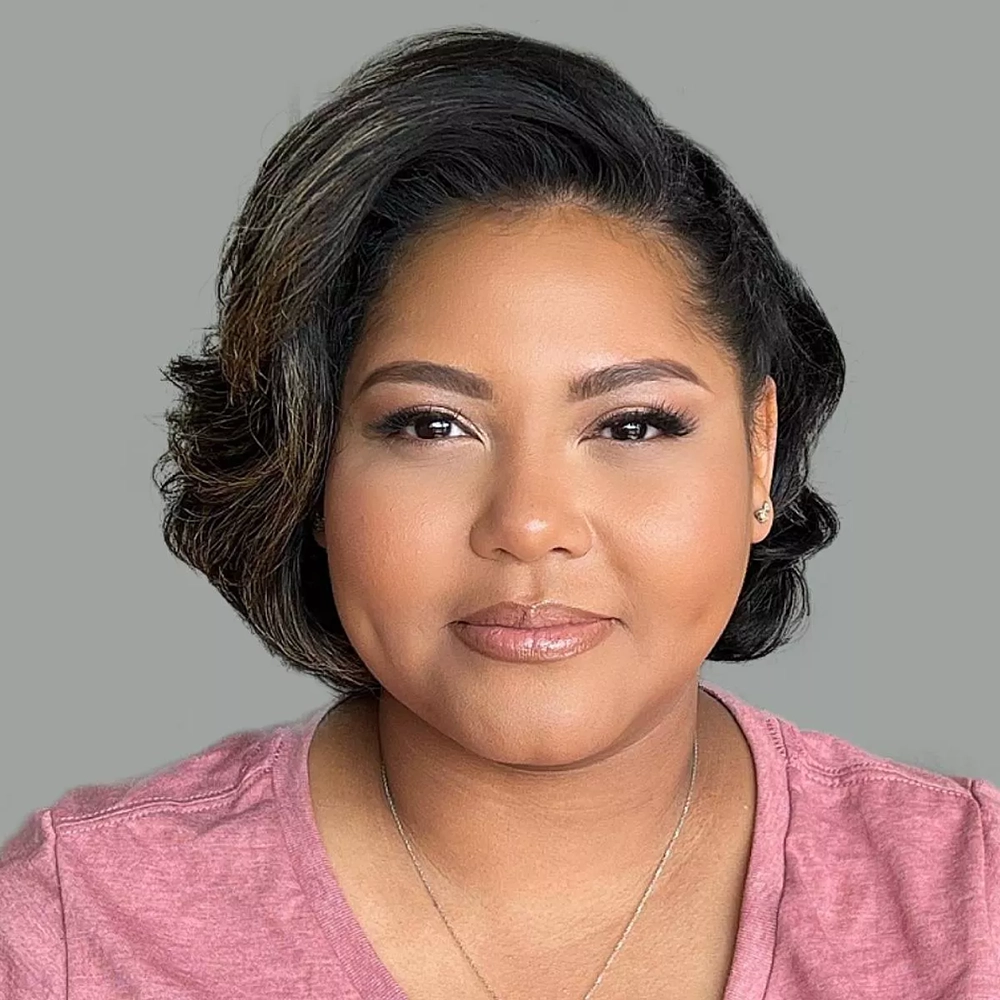Understanding the Perming Process
Perming, also known as permanent waving, is a chemical hair treatment that creates long-lasting curls or waves. This process involves altering the structure of the hair using specialized products and techniques, resulting in a change in the hair’s natural shape and texture. Perming can be a great way to add volume, texture, and style to your hair, but it is important to have a good understanding of the process before deciding to get a perm.
During the perming process, the hair undergoes a series of steps that typically include applying a perming solution, wrapping the hair around rods or rollers, and then applying a neutralizer. The perming solution contains chemicals, such as ammonium thioglycolate, which temporarily breaks the disulfide bonds in the hair. This allows the hair to reshape and form into the desired curl pattern when wrapped around the rods or rollers.
After the perming solution is applied, the hair is left to process for a specific amount of time, depending on the hair’s texture and desired outcome. Once the processing time is complete, a neutralizer is applied to the hair to reform the disulfide bonds and lock in the new curl pattern. The neutralizer helps to set the curls and ensures that they will last for a longer period of time.
- Perming is not recommended for everyone. It is important to evaluate the suitability of your hair for perming before undergoing the process. Factors such as hair length, condition, and previous chemical treatments can affect the outcome of the perm.
- Preparing your long hair for perming is essential to achieve the best results. This involves assessing the health of your hair, avoiding certain styling practices, and using appropriate hair care products.
- Choosing the right perming technique for long hair is crucial. Different techniques, such as spiral perms, body perms, or root perms, create different curl patterns and styles. It is important to consult with a professional stylist to determine the most suitable option for your hair.
| Possible Issues | Solutions |
|---|---|
| Damage to the hair | Regular deep conditioning treatments and avoiding excessive heat styling can help minimize damage. |
| Unwanted or uneven curls | Consult with your stylist to determine the appropriate rod or roller size and discuss your desired outcome. |
| Lack of curl definition | Using styling products specifically designed for permed hair can help enhance and define the curls. |
Understanding the perming process is essential in making an informed decision about getting a perm. It is recommended to consult with a professional stylist who has experience in perming long hair. They can assess the suitability of your hair, provide advice on the best techniques, and guide you in protecting and maintaining your permed long locks to ensure beautiful, lasting results.
Evaluating the Suitability of Long Hair for Perming
When it comes to perming, one of the most important factors to consider is the suitability of your hair. Not all hair types can withstand the perming process, and not all hairstyles can benefit from it. So, how do you determine if your long hair is suitable for perming? Let’s delve into some key considerations.
Hair Texture: The texture of your hair plays a significant role in determining its suitability for perming. Generally, perming is most effective on hair that is naturally straight or has a slight wave. Hair that is too curly or tightly coiled may not hold the curl as well, leading to a less desired result. Additionally, if your hair is excessively damaged or fragile, perming may further weaken it and cause breakage.
Hair Length: Another factor to consider is the length of your hair. While perming can be done on any hair length, it tends to have a more noticeable effect on longer hair. Shorter hair may not be able to showcase the curls as prominently as longer hair. However, it’s worth noting that shorter hair can still be permed for added texture and volume.
Personal Preference: Ultimately, the decision to perm your long hair should align with your personal preferences and lifestyle. Perming can require regular maintenance and styling, which may not be ideal for everyone. Consider your daily routine, the amount of time you’re willing to dedicate to hairstyling, and whether you’re comfortable with the potential changes in your hair’s texture and appearance.
Content Rich Only
- Understanding the Perming Process
- Preparing Your Long Hair for Perming
- Choosing the Right Perming Technique for Long Hair
- Protecting and Maintaining Permed Long Hair
- Styling Tips for Permed Long Hair
- Dealing with Potential Issues and Concerns
Table: Pros and Cons of Perming Long Hair
| Pros | Cons |
|---|---|
| Added texture and volume | Potential hair damage and breakage |
| Versatile styling options | Requires regular maintenance |
| Can transform the look of long hair | Not suitable for all hair types |
Before deciding to perm your long hair, it’s essential to evaluate its suitability based on factors like hair texture, length, and personal preferences. Additionally, educating yourself about the perming process, proper hair care, and potential issues can help you make an informed decision. Remember, every individual is unique, and what works for one may not work for another. Consider consulting with a professional hairstylist to assess the suitability of perming for your specific hair type and desired outcome. Happy perming!
Preparing Your Long Hair for Perming
Getting a perm can be an exciting way to transform your long hair into luscious curls or waves. However, before diving into the perming process, it’s essential to properly prepare your hair to ensure the best results. Here are some important steps to take before perming your long hair:
- Assess your hair’s health: It’s crucial to evaluate the condition of your hair before perming. If your hair is damaged, weak, or overly processed, it may not be suitable for perming. Consider consulting with a professional hairstylist to determine if your hair is strong enough for the process.
- Communicate with your hairstylist: Before scheduling a perm, have a detailed discussion with your hairstylist. They can provide valuable insights on whether perming is suitable for your hair type and what type of curls or waves you can achieve.
- Avoid chemical treatments: Prior to perming, it’s recommended to avoid any chemical treatments such as coloring, highlighting, or relaxing. These processes can weaken the hair and make it more susceptible to damage from the perming solution.
Properly preparing your long hair for perming is essential to achieve the desired results. By assessing the health of your hair, communicating with your hairstylist, and avoiding chemical treatments, you’ll increase the chances of a successful perming experience.
Choosing the Right Perming Technique for Long Hair
Choosing the right perming technique for long hair is crucial in achieving the desired results. Various factors need to be considered in order to select the appropriate technique that suits your hair type and desired style. It is essential to understand the different perming techniques available and how they can affect your long hair before making a decision.
One popular perming technique is the traditional, or cold, perm. This method uses a perming solution that does not require heat to activate. It is suitable for individuals with healthy, undamaged hair as it involves applying the solution onto the hair and then wrapping it around rods to create the desired curl pattern. The traditional perm can give long hair voluminous curls, waves, or spirals, depending on the size of the rods used.
If you prefer a more natural-looking wave or movement in your long hair, the body wave technique might be the right choice for you. This technique uses larger rods compared to the traditional perm, resulting in loose waves rather than tight curls. The body wave is ideal for individuals with fine or delicate hair that can be easily damaged by tighter curls.
- Traditional Perm
- Body Wave Perm
- Spiral Perm
For those seeking more defined and dramatic curls, the spiral perm technique is a great option. This method involves using small rods to create tight, uniform curls from the roots to the ends of the hair. Spiral perms are suitable for long hair that is thick and can withstand the curling process without getting damaged.
| Technique | Result | Hair Type |
|---|---|---|
| Traditional Perm | Voluminous curls, waves, or spirals | Healthy, undamaged hair |
| Body Wave Perm | Natural-looking waves | Fine or delicate hair |
| Spiral Perm | Tight, uniform curls | Thick hair |
It is important to consult with a professional hairstylist who specializes in perming long hair to determine which technique will best suit your hair type and desired outcome. They will be able to assess the condition of your hair, discuss your preferences, and recommend the most suitable perming technique for you. Keep in mind that perming can be damaging to the hair, so it is crucial to ensure that your hair is in a healthy state before undergoing the process.
Protecting and Maintaining Permed Long Hair
When it comes to permed long hair, it’s important to take extra care in order to protect and maintain the style. Perming can be a great way to add texture and volume to your locks, but it’s essential to follow a proper hair care routine to ensure the longevity of your perm. Here are some tips and tricks to help you protect and maintain your permed long hair.
1. Use sulfate-free products: Sulfates can strip the hair of its natural oils, causing it to become dry and frizzy. To prevent this, opt for sulfate-free shampoos and conditioners specifically formulated for permed hair. These products will help to maintain the moisture balance of your hair while preserving the curls.
2. Avoid excess heat: Heat can be very damaging to permed hair, so it’s important to limit the use of heat styling tools. Instead of using a straightener or curling iron, try air-drying your hair or using heat-free styling techniques like braiding or twisting. If you do need to use heat, make sure to apply a heat protectant spray beforehand.
3. Deep condition regularly: Permed hair tends to be more prone to dryness and damage. To keep your hair hydrated and nourished, incorporate deep conditioning treatments into your hair care routine. Look for products that are specifically designed for permed or chemically treated hair and use them at least once a week.
By following these tips, you can protect and maintain the health of your permed long hair. Remember, the key to maintaining your perm is providing it with the proper care and attention it needs. So go ahead, rock those beautiful curls with confidence!
| Use sulfate-free products |
| Avoid excess heat |
| Deep condition regularly |
Styling Tips for Permed Long Hair
After going through the perming process and achieving those gorgeous curls, it’s time to explore different styling options for your long permed hair. With the right techniques and products, you can create stunning looks that will make heads turn. Here are some styling tips to help you make the most out of your permed long hair:
- Use heat protectant: Before applying any heat styling tools to your permed hair, make sure to use a heat protectant spray or serum. This will help minimize damage and keep your curls looking healthy.
- Experiment with different hairstyles: Permed hair offers endless possibilities when it comes to hairstyles. Consider trying loose beach waves, half-updos, braided styles, or even elegant updos for special occasions.
- Don’t overbrush: Brushing permed hair excessively can lead to frizz and breakage. Instead, use a wide-toothed comb or your fingers to gently detangle your curls. This will help maintain the integrity of your curls and prevent them from becoming unruly.
| Product Recommendation | Description |
|---|---|
| Leave-in conditioner | A moisturizing leave-in conditioner will help keep your permed hair hydrated and frizz-free throughout the day. |
| Curl-enhancing mousse | For added definition and hold, apply a small amount of curl-enhancing mousse to your damp hair before styling. |
| Satin or silk pillowcase | Switching to a satin or silk pillowcase will reduce friction and prevent your curls from becoming tangled overnight. |
Remember, proper care and maintenance are crucial for long-lasting and beautiful permed hair. Avoid harsh chemicals, excessive heat, and tight hairstyles that can cause damage to your curls. Embrace the versatility of your permed long hair and have fun experimenting with different styles!
Dealing with Potential Issues and Concerns
When it comes to perming long hair, there are several potential issues and concerns that need to be addressed. While perming can give your long locks a beautiful and bouncy look, it’s important to be aware of the possible challenges that may arise during and after the process. By understanding and actively dealing with these issues, you can ensure that your permed long hair stays healthy and stunning.
One common concern when perming long hair is the potential for damage. The chemicals used in the perming process can be harsh on the hair, especially if it’s already been chemically treated or compromised in any way. To protect your locks, it’s essential to consult with a professional hair stylist who can assess the condition of your hair and recommend the appropriate perming technique. They can help you choose a gentle perming solution and take the necessary precautions to minimize damage.
Another issue that may arise with permed long hair is frizz and dryness. The chemicals used in perming can strip the hair of its natural moisture, resulting in a frizzy and dry appearance. To combat this issue, it’s crucial to use moisturizing and anti-frizz hair products specifically designed for permed hair. Deep conditioning treatments can also help restore moisture and improve the overall condition of your permed locks.
Furthermore, maintaining the shape and style of permed long hair can be challenging. The curls can sometimes lose their bounce and become flat or limp over time. To revive your curls and maintain their shape, consider using a curl-enhancing product or mousse. Applying these products to damp hair and scrunching them in gently can help define the curls and provide long-lasting hold throughout the day. Regular trims can also help prevent split ends and maintain the overall health of your permed long hair.
- Protect your locks by choosing a gentle perming solution.
- Combat frizz and dryness with moisturizing and anti-frizz hair products.
- Maintain the shape and style of permed long hair with curl-enhancing products.
- Consider getting regular trims to prevent split ends and maintain hair health.
| Potential Issues | Dealing Strategies |
|---|---|
| Damage to the hair | Consult with a professional stylist and choose a gentle perming solution. |
| Frizz and dryness | Use moisturizing and anti-frizz hair products, and consider deep conditioning treatments. |
| Loss of curl bounce | Use curl-enhancing products, scrunch gently, and consider regular trims. |
By addressing these potential issues and concerns, you can enjoy the beauty and versatility of permed long hair without compromising its health. Remember to always consult with a professional hairstylist for personalized advice and guidance based on your specific hair type and condition. With proper care and maintenance, your permed long hair can be a stunning and confident hairstyle that enhances your overall look.




































